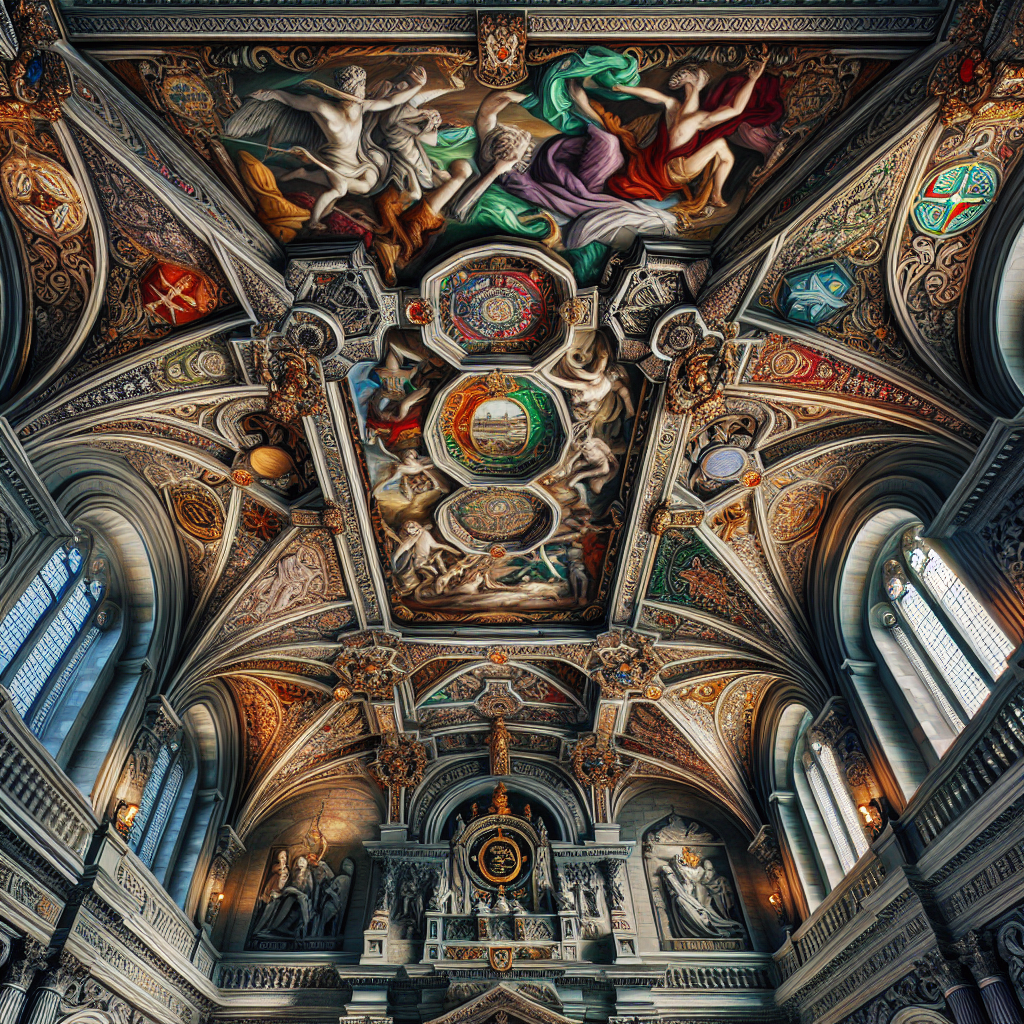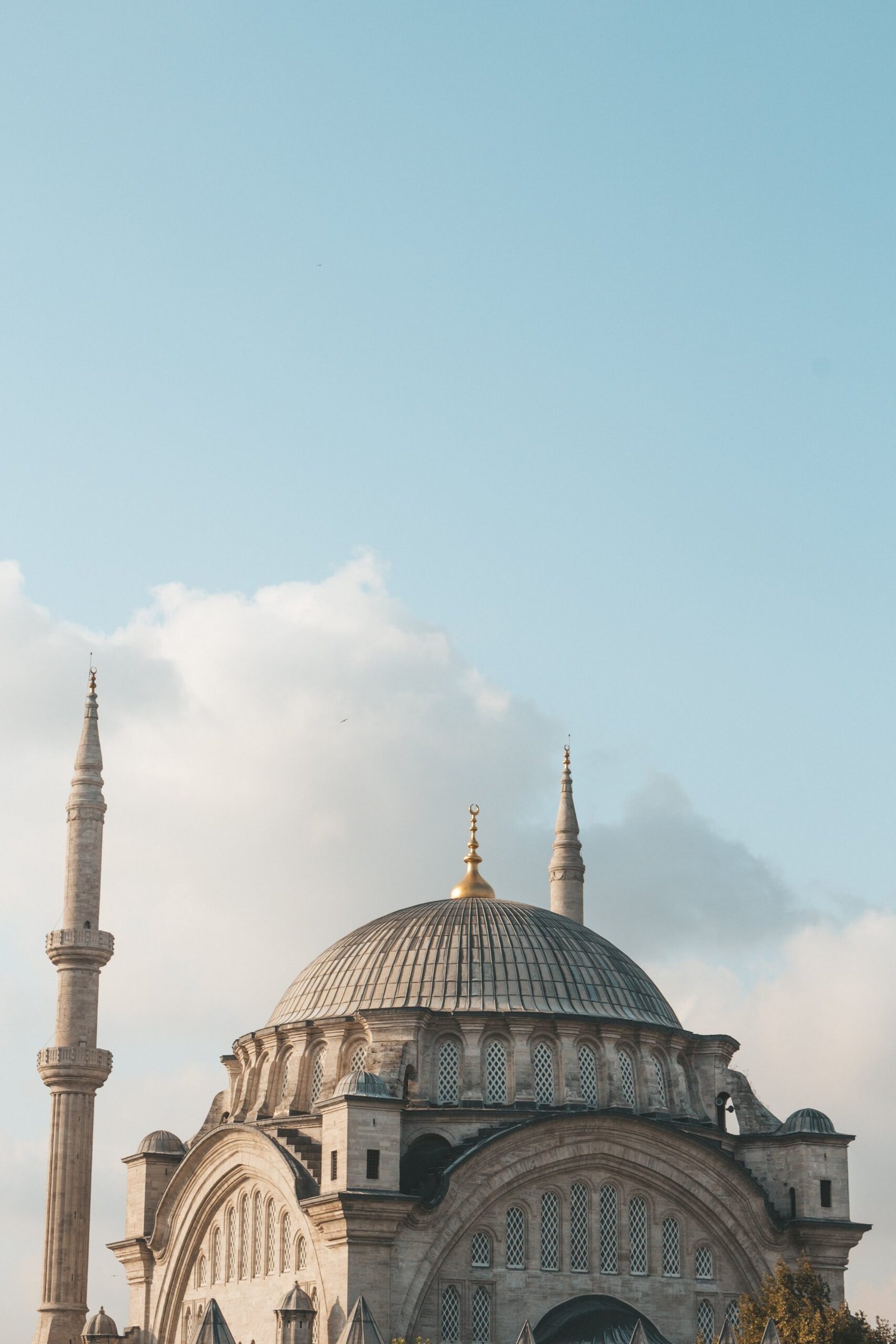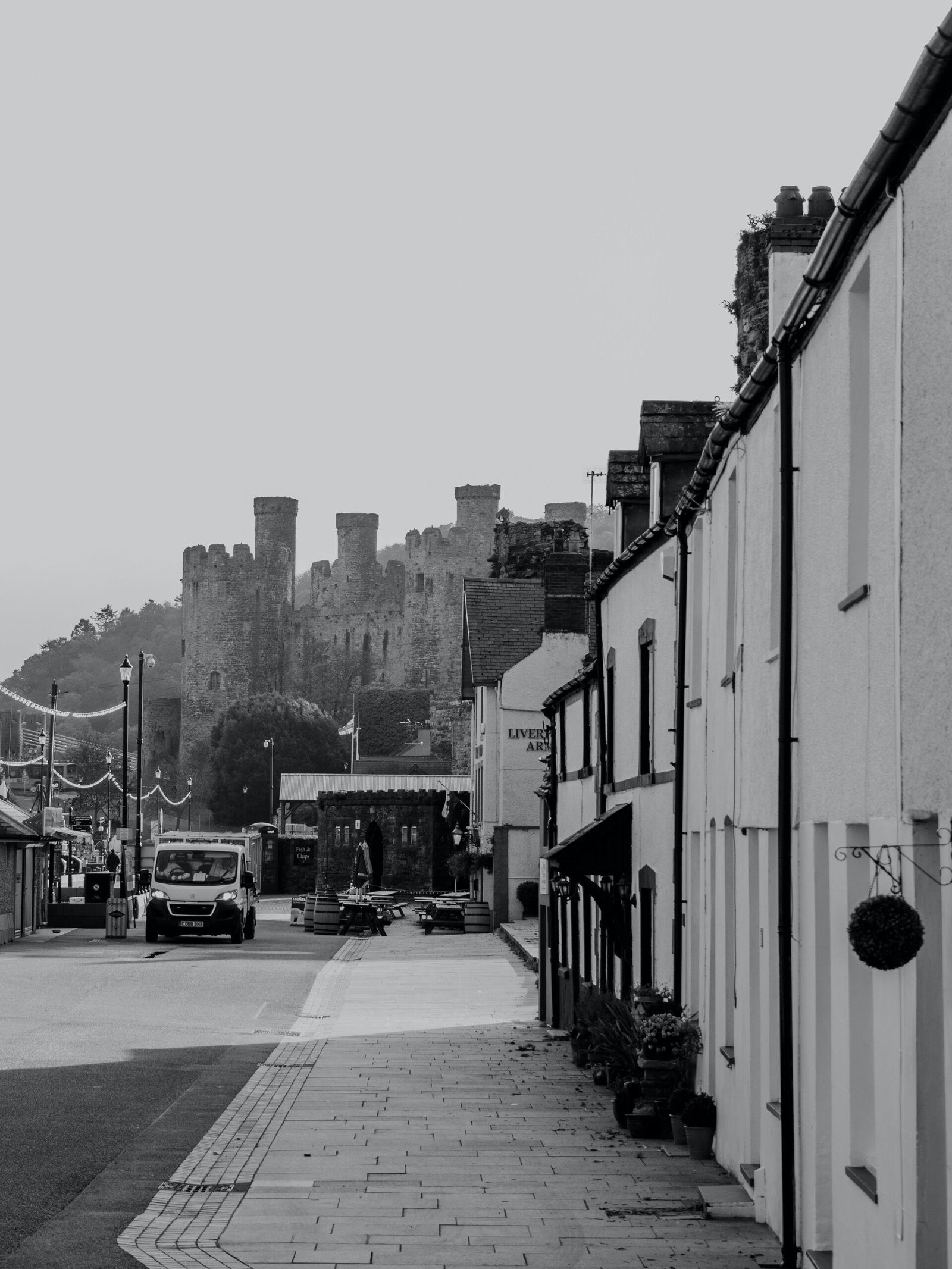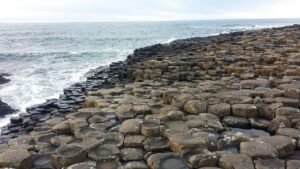
Step into the rich history of Dublin Castle as you embark on a captivating journey through time. Located in the heart of Ireland’s vibrant capital, this iconic landmark serves as a testament to Ireland’s fascinating past. From its medieval origins to its role as a seat of power, Dublin Castle offers an immersive experience that unravels the layers of Irish history. Delve into the opulent State Apartments, admire the intricate craftsmanship of the Chester Beatty Library, and stroll through the picturesque gardens that have witnessed centuries of stories. Get ready to immerse yourself in the captivating history of Dublin Castle, where tales of kings, conquerors, and rebels converge.

History of Dublin Castle
Norman Invasion and the Construction of the Castle
Dublin Castle has a rich and fascinating history that dates back to the Norman invasion of Ireland in the 12th century. The castle was originally built as a defensive structure, strategically located at the highest point in the city. It was constructed by Richard de Clare, known as Strongbow, and stood as a symbol of English royal authority in Ireland. The construction of the castle marked the beginning of centuries of British rule in Dublin.
Medieval Period and Royal Residence
During the medieval period, Dublin Castle evolved from a military stronghold into a royal residence. It became a hub of political power and a center for governance. Kings and queens of England would often visit the castle and use it as their base of operations when in Ireland. The castle began to take on a more luxurious and regal appearance, with the addition of grand halls and elegant chambers.
Rebellion and Destruction
In the 17th century, Dublin Castle became the focal point of rebellion and destruction. The castle was attacked and captured by Irish forces during the 1641 rebellion, and again during the 1689 uprising. In both instances, the castle was severely damaged and many of its structures were destroyed. However, each time the castle was rebuilt and restored to its former glory.
Renovations and Restorations
Throughout its history, Dublin Castle has undergone numerous renovations and restorations. In the 18th century, the castle underwent significant renovations under the direction of architect Thomas Cooley. These renovations aimed to modernize the castle and make it more suitable for administrative purposes. In the 20th century, the Office of Public Works carried out further restorations, meticulously preserving the castle’s historic features and ensuring its longevity for future generations to enjoy.
Architecture of Dublin Castle
Norman Tower and Record Tower
The architecture of Dublin Castle is a blend of different styles and influences, reflecting its centuries-old history. The oldest surviving structure within the castle complex is the Norman Tower, which dates back to the 13th century. This tower served as a defensive structure and featured thick stone walls and narrow windows. Another significant architectural feature is the Record Tower, which was built in the 16th century and served as a place to store important documents and records.
Throne Room and State Rooms
The Throne Room and State Rooms within Dublin Castle are a testament to the castle’s grandeur and opulence. These rooms were designed to impress visiting dignitaries and showcase the power and authority of the British monarchy. The Throne Room features an ornate ceiling, gilded chandeliers, and grand tapestries. The State Rooms, adorned with beautiful paintings and luxurious furnishings, hosted lavish banquets and receptions.
St. Patrick’s Hall
St. Patrick’s Hall is perhaps the most famous room within Dublin Castle. This magnificent hall was once the venue for the grandest state occasions and royal ceremonies. Its stunning architectural features include a vaulted ceiling, impressive chandeliers, and exquisite stained glass windows. The hall is adorned with portraits of Irish monarchs and historical figures, paying homage to the castle’s rich heritage and the role it played in Ireland’s history.
Garda Museum
Dublin Castle is also home to the Garda Museum, which showcases the history of the Irish police force. Housed in the old Bedford Tower, the museum offers visitors a glimpse into the evolution of law enforcement in Ireland. Exhibits include uniforms, weapons, and historical artifacts, providing a fascinating insight into the challenges faced by the Gardaí over the years.
Dubhlinn Gardens
Nestled within the grounds of Dublin Castle are the tranquil Dubhlinn Gardens. These gardens offer a peaceful escape from the hustle and bustle of the city and provide a beautiful backdrop for leisurely strolls. The gardens feature beautifully manicured lawns, colorful flowerbeds, and a picturesque pond. It is the perfect place to relax and take in the beauty and history of Dublin Castle.

Significant Events at Dublin Castle
State Functions and Ceremonies
Dublin Castle has been the site of countless state functions and ceremonies throughout its history. The castle has witnessed the coronation of Irish and British monarchs, the swearing-in of government officials, and the hosting of international dignitaries. These events served to reinforce the castle’s role as a symbol of authority and power.
Meetings and Negotiations
The rooms and halls of Dublin Castle have been the setting for numerous meetings and negotiations, often of great historical significance. From peace talks to political debates, the castle has played a vital role in shaping Ireland’s political landscape. Notable negotiations include the Anglo-Irish Treaty of 1921, which led to the establishment of the Irish Free State.
Independence and Treaty Negotiations
Dublin Castle was at the center of intense negotiations during Ireland’s quest for independence from British rule. The signing of the Anglo-Irish Treaty in 1921, which established the Irish Free State, took place within the castle’s walls. This event marked a significant turning point in Ireland’s history and continues to be remembered as a key moment in the struggle for independence.
The Castle and the British Empire
Administrative Center of British Rule
For centuries, Dublin Castle served as the administrative center of British rule in Ireland. British viceroys and government officials resided in the castle and used it as their base of operations. From here, they implemented policies, issued decrees, and oversaw the governance of Ireland. The castle became a symbol of British authority and control over the Irish population.
Dublin Castle and the Easter Rising
During the Easter Rising of 1916, Dublin Castle faced a pivotal moment in its history. The rebellion aimed to end British rule in Ireland and establish an independent Irish Republic. The castle was a key target for the rebels, but the uprising ultimately failed. Despite the damage caused to the castle during the conflict, its significance as a symbol of British authority remained intact.

Dublin Castle Today
Visitor Center and Guided Tours
Today, Dublin Castle welcomes visitors from around the world to explore its rich history and stunning architecture. The castle’s Visitor Center offers a wealth of information about the castle’s past and provides guided tours for those wishing to delve deeper into its historical significance. The tours offer a fascinating insight into the castle’s role in Irish and British history, providing visitors with a deeper understanding of the complex and intertwined relationship between the two nations.
Dublin Castle Gardens
The Dubhlinn Gardens, located within the castle’s grounds, continue to be a cherished part of Dublin Castle’s appeal. These spacious and meticulously maintained gardens provide a tranquil haven for visitors and locals alike. Whether enjoying a leisurely stroll or simply finding a peaceful spot to relax, the gardens offer an escape from the bustling city streets and a chance to appreciate the beauty of nature.
Exhibitions and Cultural Events
Dublin Castle has taken on a new role as a cultural hub, hosting a wide range of exhibitions and events throughout the year. From art exhibitions to historical displays, the castle offers visitors a chance to immerse themselves in Ireland’s rich cultural heritage. Concerts, festivals, and theater performances also take place within the castle’s walls, providing a vibrant and diverse program of cultural events for all to enjoy.
In conclusion, Dublin Castle stands as a testament to Ireland’s complex history and the enduring legacy of British rule. From its origins as a defensive fortress to its transformation into a royal residence and administrative center, the castle has witnessed significant events and played a vital role in shaping Ireland’s past. Today, visitors can explore the castle’s rich heritage, admire its stunning architecture, and appreciate the cultural events that take place within its historic walls. Dublin Castle truly offers a historical journey that is both educational and captivating.







